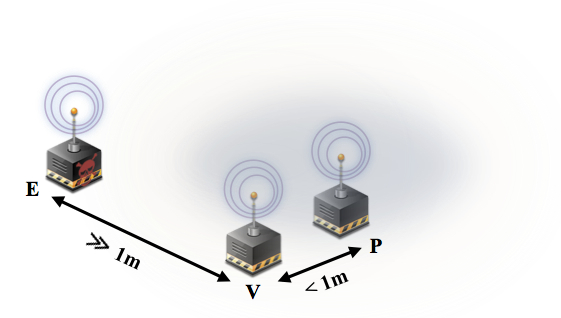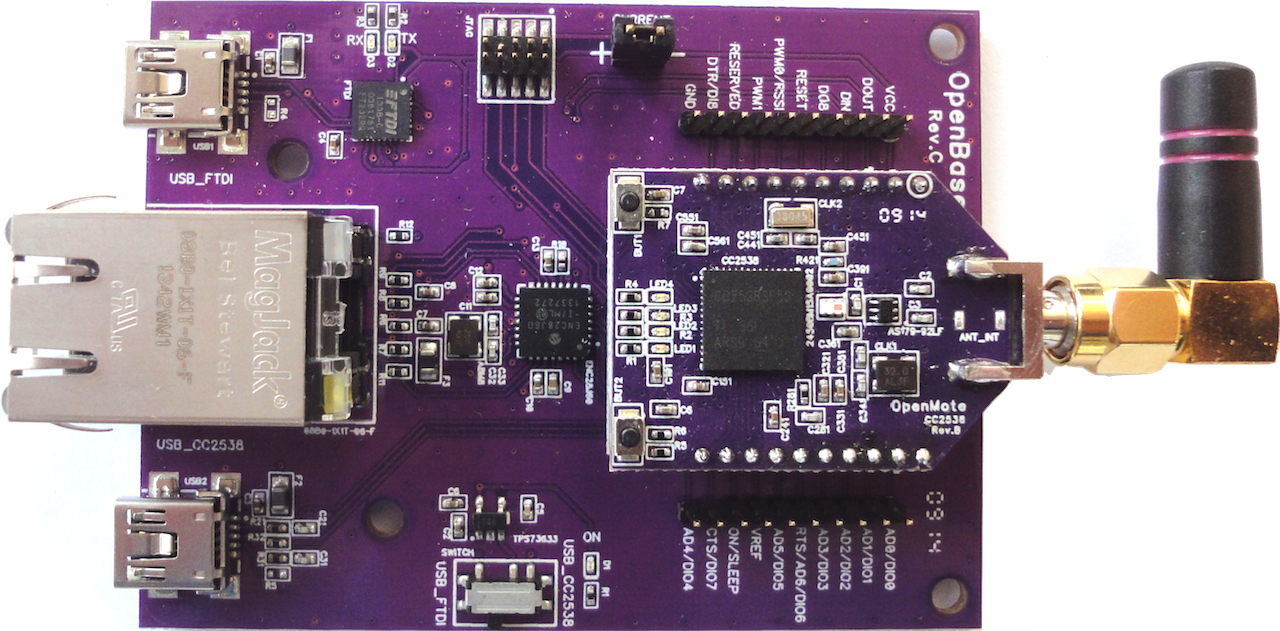|
Proximity-based Authentication for the Internet of Things (M)Status: AbgeschlossenMotivation With the advent of the Internet of Things (IoT), there is a rise in the number of smart devices that are empowered with sensing, actuating and communication capabilities to enhance and create unique forms of interaction with our immediate surroundings. As these devices are integrated in our proximate living space, they deal with sensitive and private data that can be misused to infer information about our daily habits. This consequently raises unique security and privacy challenges that drive the need for security to be an integral part of any IoT system. At the same, due to possible physical interaction of smart devices within the immediate living space of humans, new security vulnerabilities arise. Due to cost, size and energy efficiency requirements, commodity IoT devices are designed with minimalistic physical interfaces. Among these interfaces, the radio transceiver is the common physical interface, which makes it a natural candidate to be utilized as well for security services, such as authentication. 

Student Role The goal of this thesis is to enable proximity-based authenticaiotn, via the wireless interface. To this end, the student should first perform an analysis of applicability of wireless signals for proximity-based authentication. In the next step, the student should design, implement and evaluate a proxmity-based protocol on a smart device platform for two co-located devices P and V, in the presence of an adversary E, as depicted in the above figure. We use the recently released CC2538-based sensor nodes. As for the software, we rely on the Contiki OS, which is an open source OS for IoT devices. Contiki comes with a simulation tool named Cooja, which supports development and debugging. Requirements: This project requires interest in security in wireless communication. The student is expected to work with state of the art sensor motes and implement the protocol for the proximity-based authentication using wireless signals. Therefore, he/she should have some basic experience in C/C++ programming and be interested in working with new tools. Also, background in network security, communication and wireless sensor network is helpful but not mandatory. We expect our students to be highly motivated to work on their topics and to cooperate with their supervisors regularly to discuss current progress and next steps. What we offer: This topic will give you the opportunity to learn and practice wide range of research tools in systems and wireless communication research. To speed-up your learning curve we will support you with tutorials and how-tos. We offer you a great work atmosphere, which is both casual and challenging, motivated advisors, and a good coffee machine ;) Where to start reading:
Contact/Ansprechpartner: Hossein Shafagh, Anwar Hithnawi |
|
|